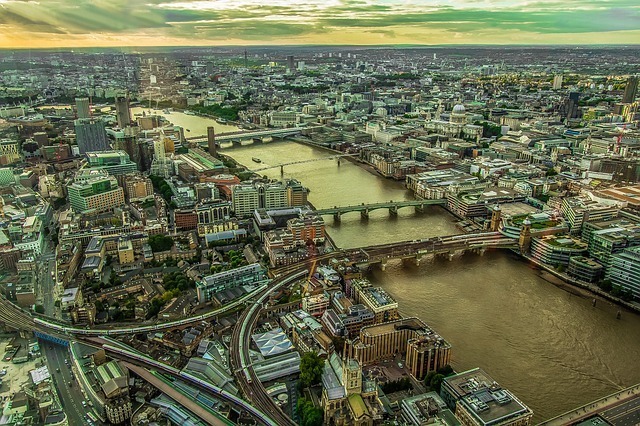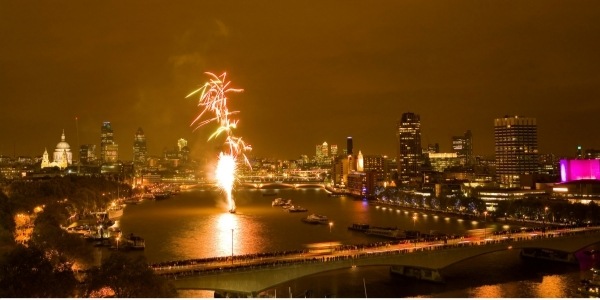
Should investors be considering London’s empty properties?
An ‘astonishing’ £10.7 billion’s worth of properties are sitting empty in London, according to new research by HomeProtect on unoccupied homes.
The overall number of long-term unoccupied (6 months or more) properties in the capital grew by 2.8% between 2013 and 2018 to a total of 22,481, accounting for 0.63% of all properties in the city.
The boroughs of Southwark and Croydon are home to the most vacant dwellings in London, with 1,766 unoccupied properties in the former and 1,521 empty homes in the latter.
Barking and Dagenham, by contrast, has the lowest number of unoccupied properties in the capital, with only 106 sitting empty.
Meanwhile, the City of London and Croydon have witnessed the largest growth in the number of unoccupied properties between 2013 and 2018, both rising by 81%. On the other hand, Westminster has seen the largest fall in the number of unoccupied properties, dropping by 394%.
There has been a rise in the number of unoccupied properties across London as a whole over the five-year period between 2013-2018, but these changes fluctuate between boroughs, with the City of London and Croydon both seeing their number of empty homes increase while Westminster has seen a dramatic decrease.
The Airbnb effect?
Property expert Emily Evans believes that the rise of Airbnb has played a significant role in the growing number of empty properties in the capital. “The government have made it difficult to be a landlord, so it isn’t that much of a lucrative market,” she said. “Landlords are now selling up or choosing to adopt the ‘Airbnb’ holiday home model, over a traditional residential let. Southwark especially has a lot of part-time homes and Airbnbs.”
She added: “However, further south in Southwark is classed as more of an ‘up-and-coming’ area, meaning a lot of properties will be being bought and renovated.” There are 1,115 empty homes in Kensington and Chelsea alone, equivalent to £1.5 billion’s worth of vacant dwellings. Empty homes in fashionable Camden, meanwhile, have a combined value of £1.1 billion, with 1,210 unoccupied properties in the borough.
Southwark has around £877 million’s worth of empty properties, based on an average house price of £496,612 in the borough, with the collective worth of all unoccupied properties across London comfortably above £10 billion. With a high average property value in these areas, Evans explains that this could be caused by the phenomenon known as ‘buy-to-leave’: “Multi-millionaires will buy these properties purely just for it to be held as an investment.
Driving around boroughs like Kensington at night gives me great sadness. So many of the houses’ lights aren’t on – streets and streets of houses are dark! Not only is this terrible that so many properties are empty, but people living in those areas have a real lack of community. Something that I feel is so important to us as people.”

How can investors benefit from empty homes?
Not all the empty properties in London are buy-to-leave homes owned by multi-millionaires, of course. Many have fallen into disuse or disrepair for one reason or another. Often, these buildings are eventually purchased by developers for new housing schemes or bought by individual investors looking for a bargain at auctions.
In many cases, they can offer an opportunity for investors to buy a home on the cheap – albeit one that might need a fair bit of renovation work to ‘do it up’.
This excellent Moneywise article explains why homes become empty in the first place, why finding the right lender to lend on an empty home is important and how investors who are not cash buyers can go about getting a mortgage for an unoccupied property.
It also outlines what investors need to consider before buying an empty property (including full structural surveys), how you can find empty homes in your area, and the councils, such as Kent County Council, who provide interest-free loans to help get empty homes refurbished or converted into good-quality residential accommodation.
Investing in empty homes doesn’t come up without risks, and with no residents or tenants in place it is highly likely to need some remedial work and renovation (which will add costs), but with so many on offer in London and across the country (and the potential for excellent future price growth if a home is bought cheaply) empty homes could represent a great opportunity for all types of investors.